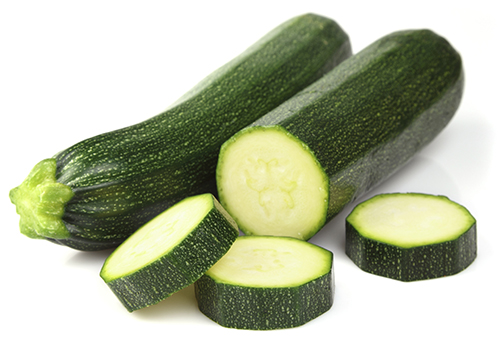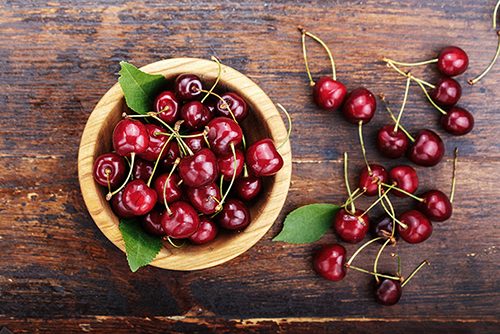To celebrate June as National Fresh Fruit & Vegetables Month, Thrive!, alongside the USDA, is promoting fresh fruits and vegetables. Ninety percent of adults and children don’t include enough fruits or vegetables in their diet. We also need to get more fruits and vegetables into meeting menus outside of the standard crudité.
The first vegetable we’re going to highlight this month is Zucchini.
HISTORY
The origin of the zucchini is not entirely clear. It was not widely eaten in Europe before the twentieth century and some sources say it was developed from the squash. Squash have been cultivated in Central America for more than five thousand years and zucchini play a prominent role in Mexican cuisine today.
THINGS TO KNOW WHEN BUYING
When buying zucchini it is important to understand how GMO’s come into the picture. Since December 2011, there are about 25,000 acres of zucchini and yellow squash from genetically engineered seeds in commercial production, according to the Non-GMO Project.
Consumers are usually in the dark when buying zucchini due to the absence of GMO labeling laws. So the smart thing to do is purchase zucchini directly from growers at farmers markets, farm stands and through CSA programs. Buy as local as possible.
SEASON
Zucchini has a short growing season during the warmer months (aka summer). As a summer squash, zucchini are harvested and eaten while the skin is still soft.
Summer is the perfect time to enjoy just-harvested zucchini. The peak season is June through late August, but you may see zucchini in markets in some regions year-round.
WHAT YOU SHOULD LOOK FOR
When purchasing zucchinis remember to check for bruises and to avoid the zucchini that appears to overgrown.
Also look for the smaller, younger zucchini because they tend to have more flavor. Look for the firm, heavy-feeling zucchini with unblemished bright and glossy skins.
ATTRIBUTES
Zucchini has high water content — about 95%—which makes them very perishable. Therefore when out of season, imports do not do well.
A fun twist to your typical guacamole is using roasted zucchini and onions which can be called Zuke-a-mole.
Also zucchini can have a sweet side as well. It can be added to a sweet breakfast bread or even Bundt-shaped chocolate cake that is great for a party dessert.
NUTRITION
Zucchini are a great low calorie addition to any recipe of alone. One (1) Cup of raw zucchini is about 18 calories (What??! that’s nothing!) They are a great source of Vitamins B2, B6, and C, along with potassium which is great for your blood pressure. Zucchini also contains a good amount of fiber and even a little bit of protein.
For those on an anti-inflammatory diet, zucchini is a great food choice and packed with antioxidants.
STORAGE
Zucchini is best kept refrigerated until ready to use. *Wrapped in paper instead of plastic because plastic creates moisture
They should be eaten within two or three days of purchase after that they will get mushy, moldy, or both.
Zucchini should not be frozen because of its high water content, thawed out zucchini will result in a mushy gross mess.
HOW TO ENJOY
[list icon=”icon: check-square-o” icon_color=”#d81c5c”]
- Zucchini is a great summer vegetable that is low calorie and light, perfect for a day your want to enjoy the beach.
- Zucchini can be a little bland which is why knowing what to mix it with is key to a yummy meal.
- It goes well with garlic, tomatoes, leafy herbs, olives, roasted peppers, onions, and various cheeses.
- Zucchini can be sautéed, batter fried, stuffed, grated, grilled, gratineed, pureed and roasted.
[/list]
Don’t limit yourself to the recipes you already know with zucchini in them, check out this link for tons of fun summer recipes with zucchini in every recipe.



